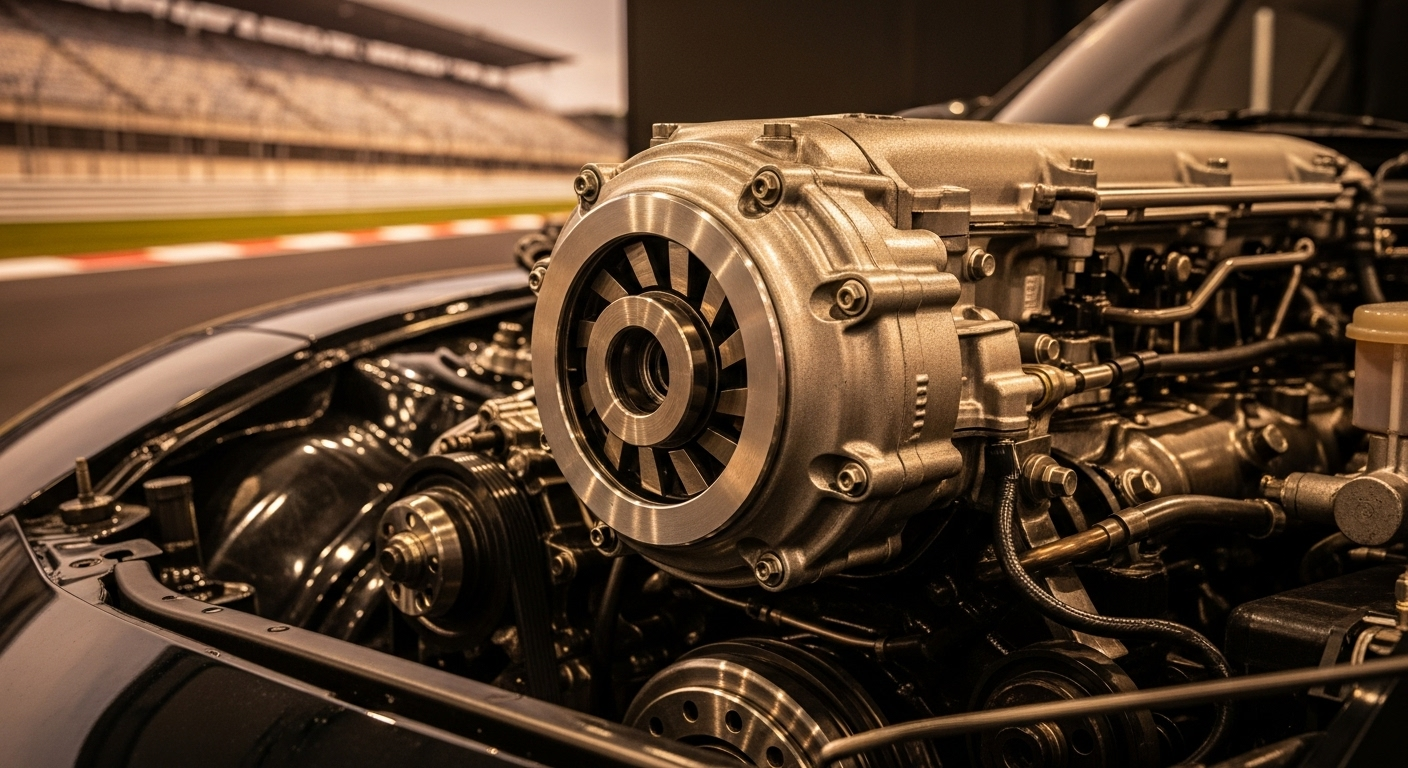Revving Up with Rotary Engines: A Look at Their Unique Charm and Challenges
The world of automotive engineering is diverse and fascinating, with various engine types powering our beloved vehicles. One of the most intriguing, yet least common, is the rotary engine. Let's dive into the unique charm and challenges that these engines present, offering a fresh perspective on a lesser-known piece of automotive tech.

A Spin on Traditional Engines: The Rotary Engine’s Birth
The rotary engine, also known as the Wankel engine, was first introduced in the late 1950s by German engineer Felix Wankel. Wankel sought to create an alternative to the piston-driven internal combustion engines that dominated the automotive industry. His design was revolutionary for its time because it was based on a simple principle: the conversion of pressure into a rotating motion, resulting in fewer moving parts than traditional engines. The first working prototype was produced in 1957, and it was seen as a promising innovation that would shape the future of the automotive industry.
Rotary Engines Today: A Niche Market
Despite their innovative design, rotary engines have not become mainstream. Today, they are primarily found in a select few sports cars, most notably Mazda’s RX series. Why? Well, there are several reasons. On the one hand, rotary engines offer a smooth and high-revving performance that driving enthusiasts love. They’re compact, lightweight, and have a unique, throaty exhaust note. On the other hand, they are known for their high fuel consumption and emissions, which make them less environmentally friendly than their piston counterparts. These factors, along with some reliability issues, have limited their mass-market adoption.
Understanding the Mechanism: Inside a Rotary Engine
One of the most distinctive features of rotary engines is their operation. Instead of pistons moving up and down in cylinders, rotary engines use rotors in a circular motion to convert pressure into rotational force. This process is smoother and results in less vibration than a conventional engine. However, it also generates more heat and requires more oil, which can lead to increased wear and tear on the engine components.
Rotary Engines and the Environment: A Challenge to Overcome
Another significant challenge for rotary engines is their environmental impact. They are less fuel-efficient than piston engines, translating into higher fuel consumption and CO2 emissions. This is due to the engine’s design, which results in less complete combustion of the fuel. As environmental regulations become stricter worldwide, this has become a significant hurdle for the mass adoption of rotary engines.
Rotary Engines: The Future and Beyond
While the future of rotary engines might seem uncertain, interesting developments are on the horizon. For example, Mazda, the most prominent manufacturer of rotary engines, has hinted at the possibility of using them as range extenders for electric vehicles. This could potentially solve some of the engine’s drawbacks, such as fuel efficiency and emissions, while harnessing its advantages, like compact size and smooth operation.
In conclusion, rotary engines serve as a fascinating chapter in the story of automotive technology. They may not have achieved mainstream acceptance, but their unique charm, coupled with their potential for future applications, ensures they continue to rev the hearts of car enthusiasts worldwide.




